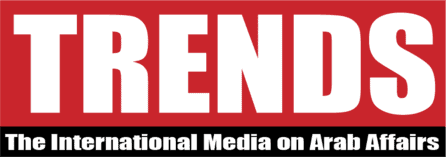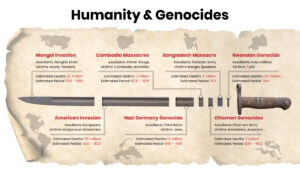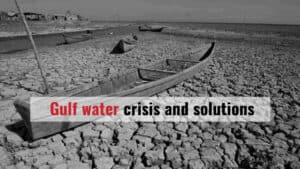Muscat, Oman — The GCC countries have seen a steady rise in foreign investment, according to data from the Statistical Center for the Cooperation Council for the Arab States of the Gulf (GCC-Stat).
In 2023, inbound foreign direct investment (excluding intra-GCC flows) totaled approximately US$523.4 billion, accounting for about 80 percent of the region’s total foreign direct investment stock and around 5 percent of global FDI flows.
Intra-GCC investments also increased from US$88.2 billion in 2015 to US$130.3 billion in 2023, representing 20 percent of the total regional foreign investment. Analysts attribute the growth to infrastructure and technology development, alongside modern legislation that has strengthened the Gulf’s position as a global investment hub.
External merchandise trade in the GCC recorded modest growth of 1.1 percent in 2024, despite average oil prices declining from $82.5 per barrel in 2023 to $80.5 in 2024. Non-oil exports showed significant growth, reflecting progress in diversifying the export base, while re-export activities continued to benefit from advanced logistical hubs.
Public revenues in the region reached around US$670.2 billion in 2024, up 2 percent year-on-year, with public spending totaling US$659.3 billion. The increase in non-oil revenues was driven by indirect taxes such as VAT and excise duties, alongside improved efficiency in revenue collection via digital financial management. These measures helped contain public debt and reduce servicing costs.
Gulf capital markets performed positively in 2024, with market capitalization rising to approximately US$4.2 trillion, supported by stronger corporate profits, lower inflation, and continued institutional investment, despite global market uncertainty due to tighter U.S. monetary policies.







